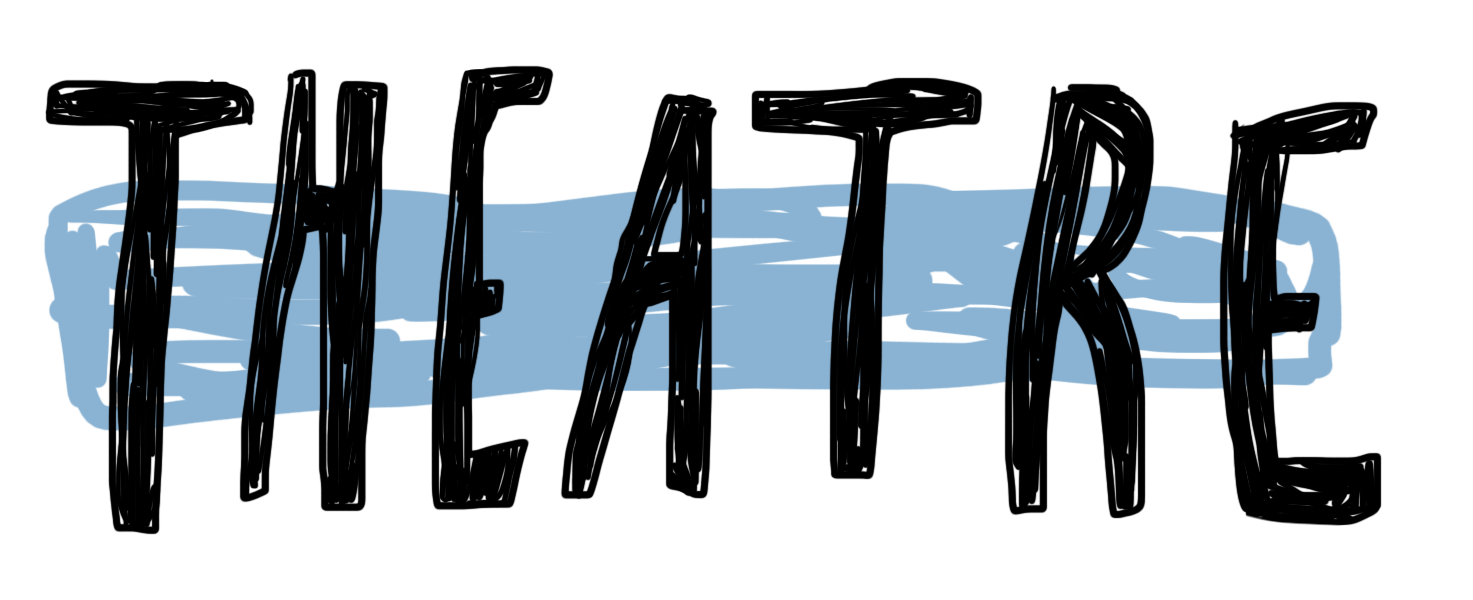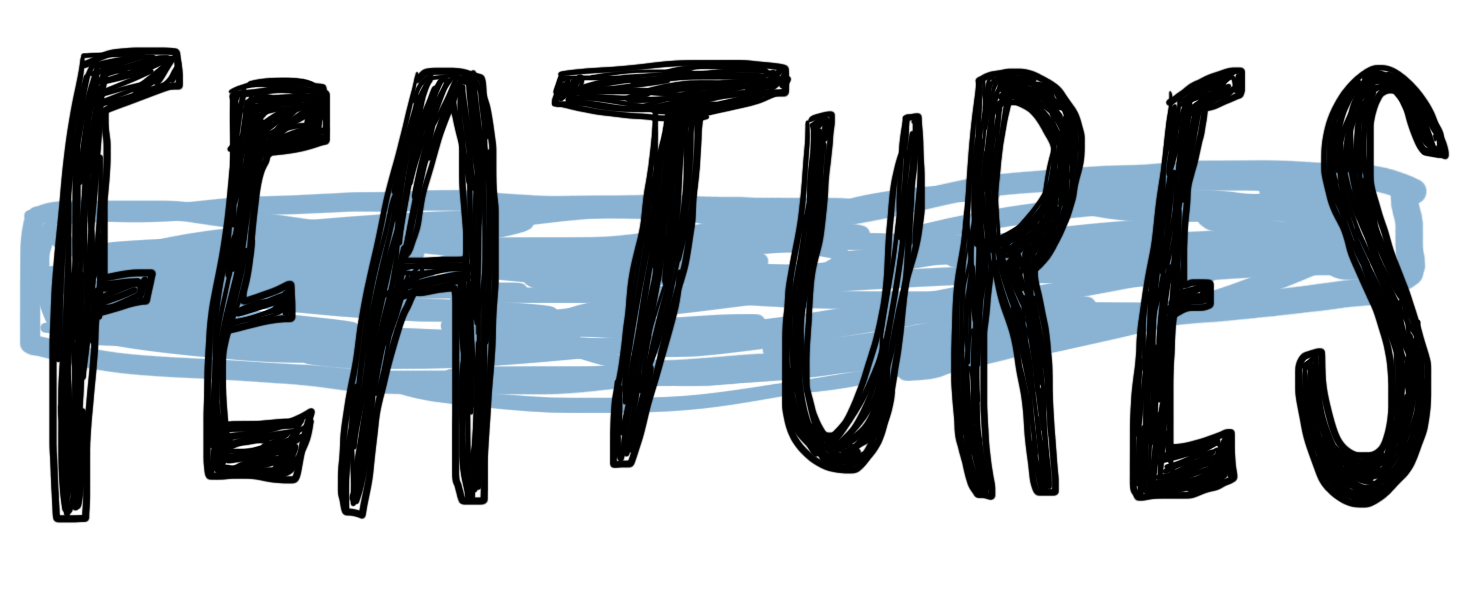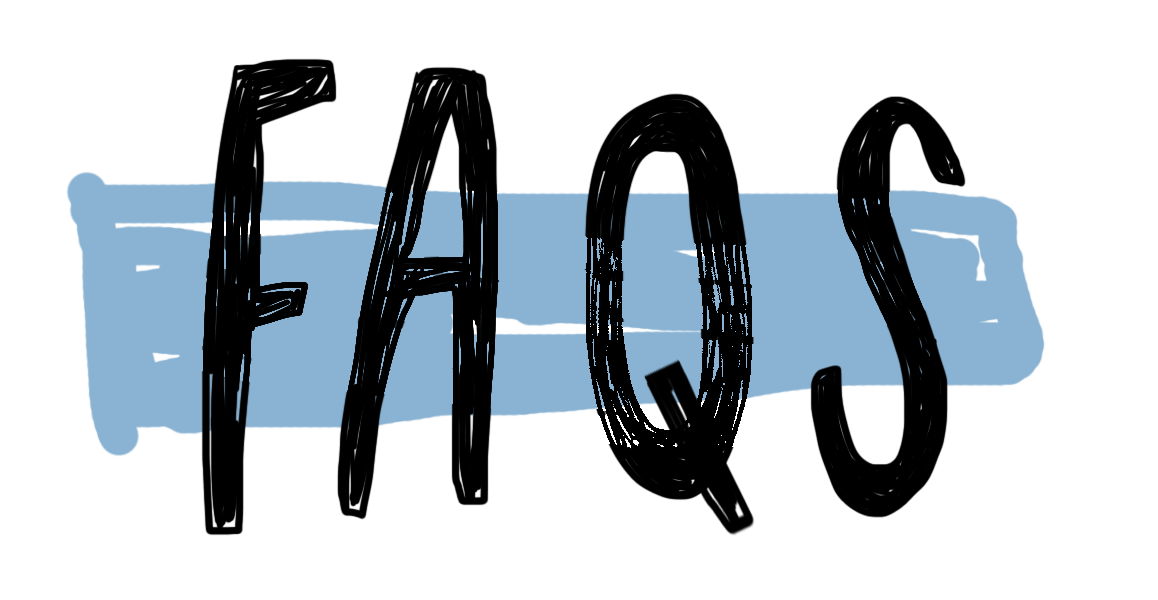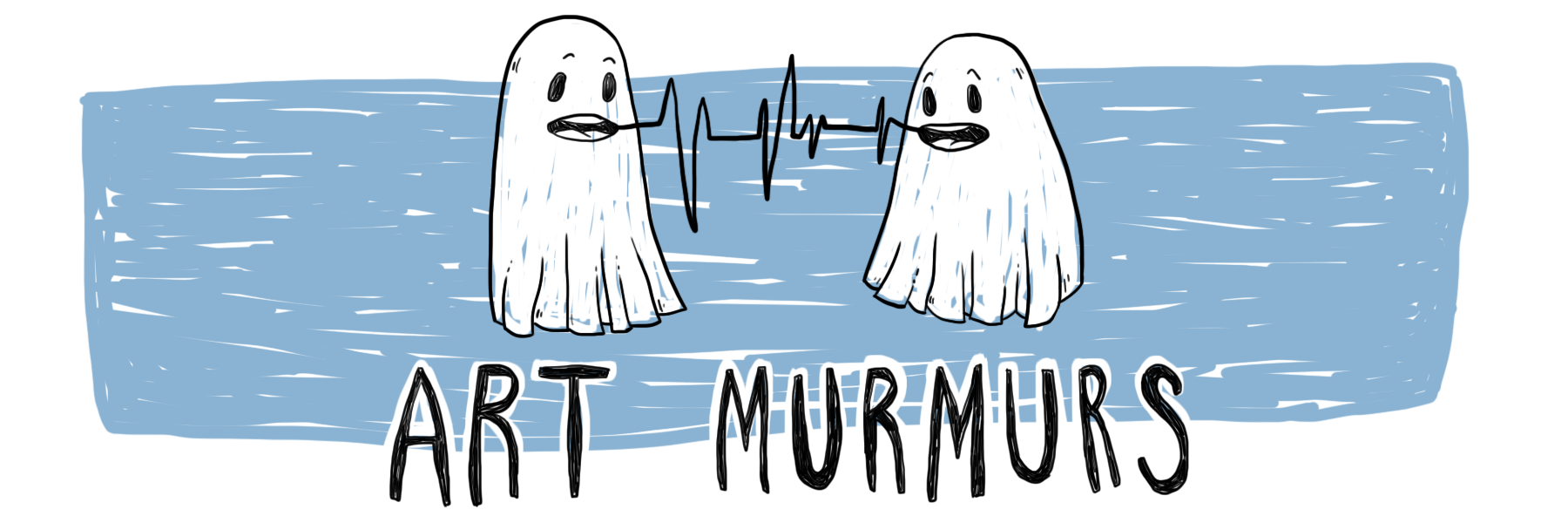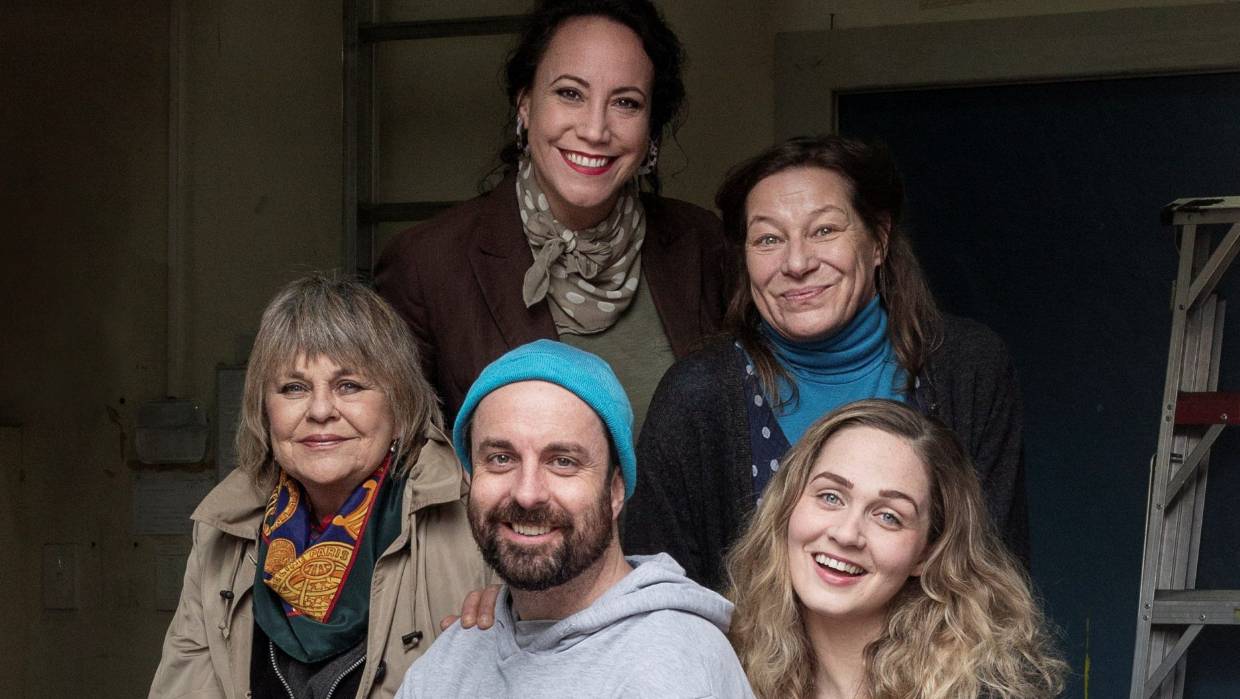Emilie Hope
Force people to spend time with one another and they will become friends by the end. This we know, especially if it happens on stage. Each of the women begin almost stereotypical: Louise, played by Anne Chamberlain, is such a nervous, jittery, mousey, sweet woman, you wonder if she’s ever left the house before; Siobhan (Harriet Prebble) is the bouncy young Irish woman who is the epitome of Nelly Furtado’s song I’m Like a Bird, which played in the pre-show amongst other empowerment songs sung by women artists; Annabel (Bronwyn Turei) is the staunch modern woman pushing hard feminism down everyone’s throats; and Helen (Ginette McDonald) is the strong silent horse breeder who doesn’t have a maternal bone in her body. Not to mention Woody who is just the typical tradie bloke who doesn’t like the women’s chatter nor their presence in his tool shed/man cave.
However, Amas doesn’t let them stay stereotypical. As the play moves forward, layers peel off, the characters reveal some honest realities, allowing the characters care for one other, and in turn us as an audience to care for them.
With a title and premise like The Pink Hammer, I was expecting some more subtle comparisons between men and women, hence the female empowerment. Revealing genuine characters overtakes any kind of philosophical or societal comparisons, although there were some. When Louise is using a manual drill-bit, she exclaims “It’s just like an eggbeater!” I thought more of these kinds of comparisons, or rather signposts as to how we (in this play) as two different genders are similar rather than different, would litter the play but it’s really only one or two. This shows Amas’s skill in being able to let the audience fall for the characters and not the metaphor that I would have been expecting.
All of this, and yet at halftime, I have to be honest, I was on the fence about the play. I could have left the show, but I didn’t have a huge urge to do so and being a dutiful reviewer, I stayed. And while I wasn’t gripped, I was lightly curious as to how it was going to end, how all the strings were going to pull together. And, I’ll be honest, the play never went where I expected it to go.
It didn’t help that in the lead up to the show there was lots of publicity about McDonald, a well-known New Zealand actor, although I must confess she is not well-known to me (oh look, a millennial who doesn’t know New Zealand history!). A big New Zealand actor in a Circa play equals big expectations on her performance. Carla Amos from Stuff mentioned “McDonald seemed a bit reserved, at times a little flat,” and I would agree with that statement. However, I question if we were actually watching properly. All the characters had big personalities in their own way. Someone has to ground us in a reality, otherwise we would through our hands in the air, a universal symbol of not suspending our disbelief, because the characters seem too over the top. That character was Helen. Helen reminded me of a lot of hard working rural women I know, and thus, for me, a deeply realistic character. I think it takes a very skilled actor to not let the bright lights and rush of a live audience to spur you into taking centre-stage, pushing your other fellow actors out. If I were to rewatch the play, I would hazard a guess to say that McDonald does an excellent job in her quiet focus.
Speaking of acting, Amos also calls Chamberlain “show-stealing”, but in a good way. I have to agree with this, as well as the observations by Theatreview’s John Smythe, calling her performance “teetering on the brink of caricature but never tipping over.” This made Louise my favourite character, and arguably she’s the one who has the most character change over the course of the play, from getting drunk and revealing some intimate secrets – some funny, some a bit more serious – to wearing a figure-flattering bright floral dress for the Melbourne Cup - a far cry from the woman who was afraid Woody had murdered Maggie in his tinny house.
It would be easy to dislike the righteous Annabel, and arguably she has the biggest fall from grace from up on her high horse. The things Annabel was saying, I agreed with as a feminist, but the snappy way she went about them made it difficult for me to fully encourage her. Nevertheless, in the talented hands of Turei, Annabel revealed some complex inner conflict which disrupts her opinions of herself and therefore gives reason as to why she clings to the ideology so much. For me, Annabel would be a welcome guest on the popular podcast The Guilty Feminist.
Quite the opposite, Siobhan should be the character we like the least. Although hooray for an unapologetically sexual young woman, she is pursuing married men, which, as Emma Maguire points out in The Wellingtonista, is “a little morally dubious”. Yet “Prebble brings a kindness to the character, a genuine heart,” which makes us want to discover more about her character and question her actions, rather than labelling her as a simple slut and shunning her as an adulterer. And did her Irish charm win over the audience when she sang with her Lord of the Rings-esque voice? Yes.
And then there’s Woody. I don’t know if it’s because I’ve seen enough plays to know that water will erode stone over time, but I knew there was more to Woody than met the eye. And it’s not the reveal that his name is actually Guthrie (yes, there are many DIY related jokes in this play which is awesome). His at first prickly demeanour softens over the play as he actually becomes friends with these women. He grows cannabis in his backyard for those who need it for pain relief, and he’s the one who received physical abuse from Maggie. He actually isn’t a bad guy, he’s a guy who likes his job and his house.
Perhaps a consequence of tone, I felt for Greig when Woody finally has a heart to heart with Siobhan about his relationship with Maggie. He expresses how he never met anyone who had the same appreciation for “wood, like me,” and the audience giggled. There were just too many sexual innuendoes in the play prior, most of them coming from Siobhan who was also present in this scene, for us not to laugh at that. Perhaps we expected Siobhan to crack a joke, but this is one of the moments where her kindness shines through. To Greig and Prebble’s credit, they carried on in the sombre tone they were trying to portray and the audience quickly followed suit.
Of course, the production elements are well executed. Daniel William’s set design evokes a very true workshop and man cave with paint splotched lino floor, tools hanging on the insulated-less walls, and a cosy armchair and beer fridge in the corner. Not to mention the provocative calendar, permanently set to Miss July (which sets Annabel off in a right tiff from the start). Tony Black’s lighting was so naturalistic, I honestly didn’t make note of it. Smythe has me covered on this one, stating “Tony Black’s lighting design, ranging from a soft bleed from an outside streetlamp to blazing brightness from Woody’s working lights, plus the auto-sensor illumination between the shed and house, offers both variety and authenticity.” Forcing myself to think about the lighting in this way, I completely concur.
This is also the second time Conrad Newport is directing this play and it shows. There is a comfort and understanding of the script that makes everything feel easy.
If The Pink Hammer didn’t manage to grab a Ryobi product placement pay out, I would say that’s a missed opportunity. Overall, I’m glad I stuck around for the end. The Pink Hammer is a good play and a good production. Ups and downs, laughs and tears, it’s all here, young and old.
Even though I was late to join the review party for this production, you don’t have to be late to the show! The Pink Hammer is still on at Circa Theatre, so be sure to nail your tickets here before the 5th of October.
